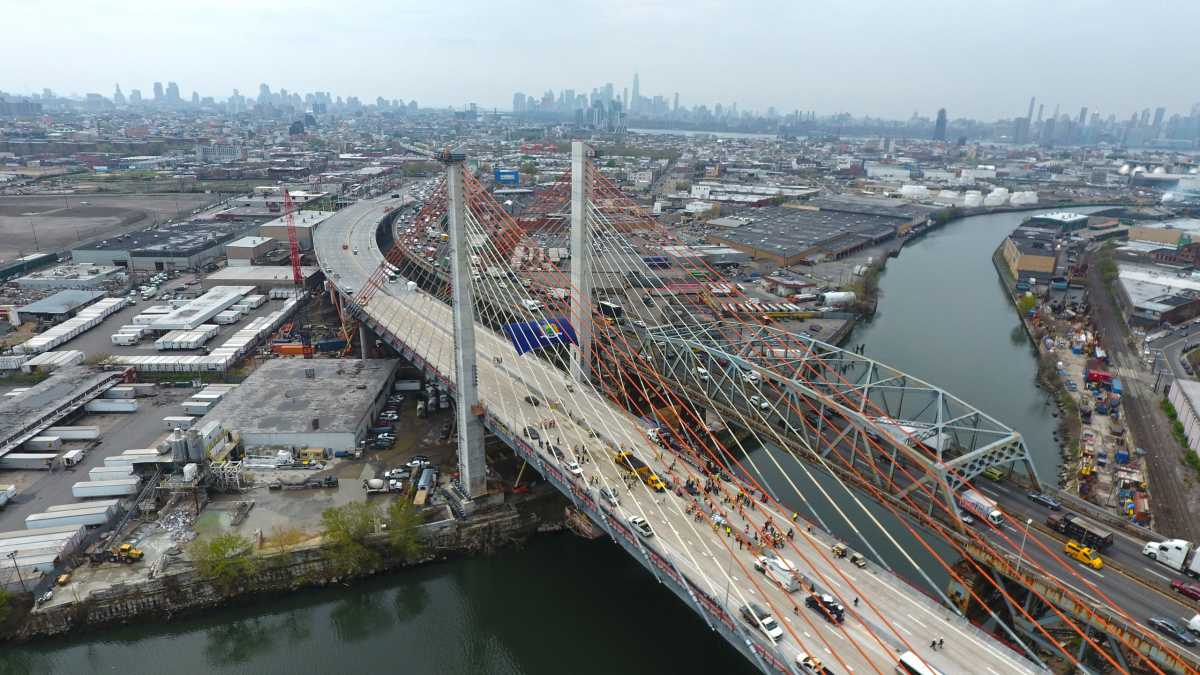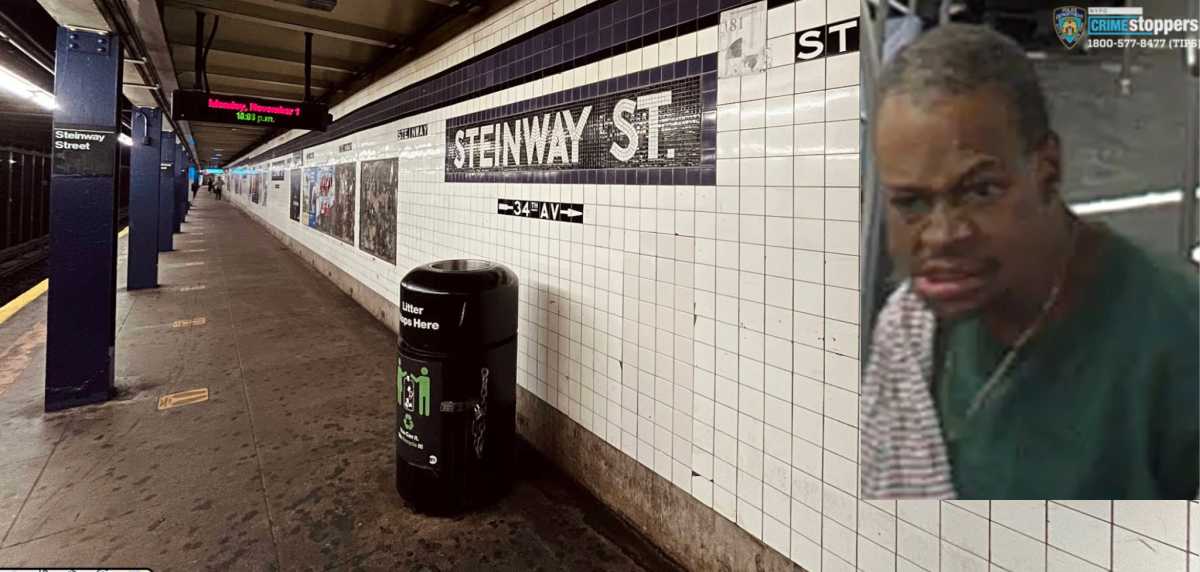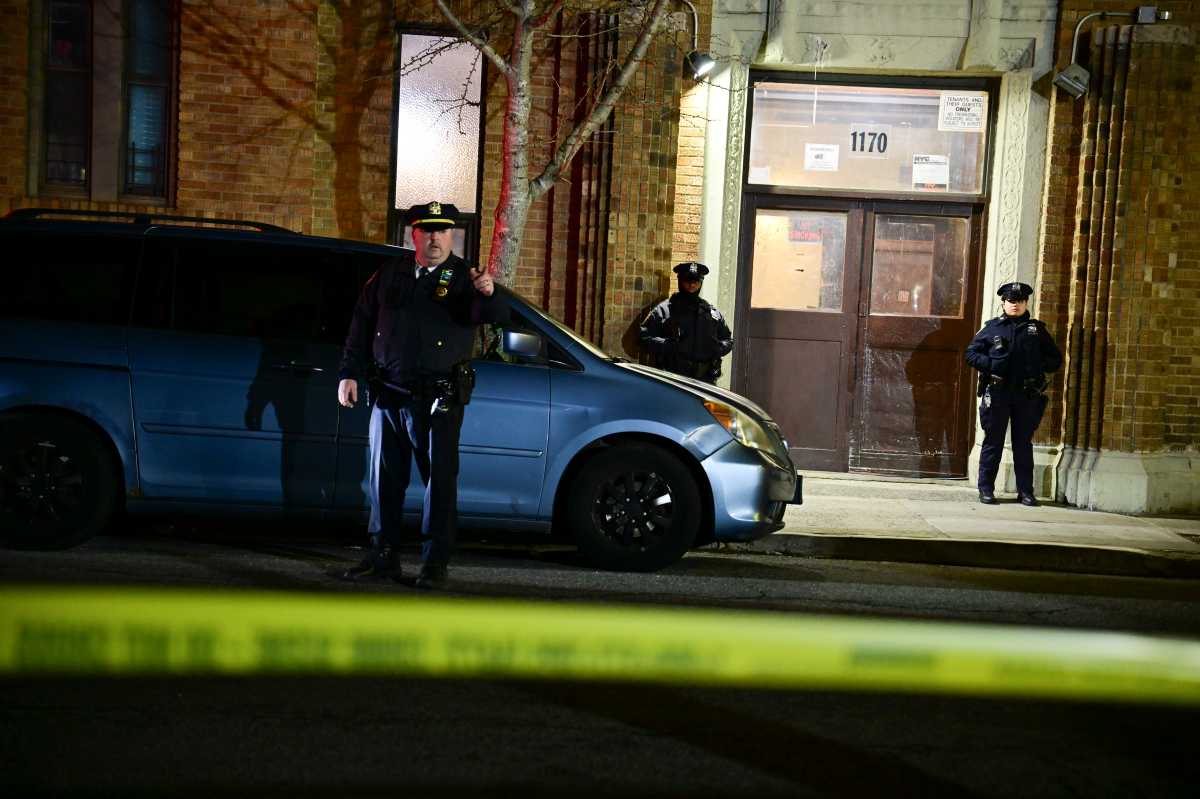While a who’s who of Queens elected officials and community leaders gathered atop the new $55 million Kosciuszko Bridge for its ribbon-cutting ceremony in April 2017, the event presented a dichotomy of the borough’s present alongside its past.
Yards away from the VIP crowd was the rusting hulk of the original span that was awaiting its controlled demolition, high above an even greater example of the region’s industrial past, Newtown Creek.
The tidal estuary of the East River that forms the border between much of Queens and Brooklyn, is also one of the nation’s most polluted waterways. Since the mid-1800s, the area along its 11 miles of banks alongside the creek was one of the busiest hubs of industrial activity in New York City with more than 50 oil refineries petrochemical plants, fertilizer and glue factories, saw mills, and coal yards all dumping waste into the body of water that was declared a Superfund site more than a decade ago.
Now, the U.S. Environmental Protection Agency has determined that Newtown Creek’s water quality is consistent with the goals of the federal program, issuing a “Record of Decision” that evaluated impacts of the current and expected future volume of combined sewer overflow (CSO) discharges into the Superfund site.
The decision lays out in detail why federal regulators concluded that the city’s “Long Term Control Plan” to improve the water quality of Newtown Creek is anticipated to be consistent with meeting the needs of the Superfund program.
“EPA’s Record of Decision” recognizes the significant reductions in CSO discharges to Newtown Creek that will result from implementation of the Long Term Control Plan, and we have concluded that further volume reductions are not required under the Superfund program,” EPA Acting Regional Administrator Walter Mugdan said. “EPA will continue to closely monitor the site and will implement additional actions to address the impacts of CSO discharges on the creek if needed to fulfill the comprehensive cleanup of the site.”
The EPA continues to direct a very detailed investigation of the contamination in the creek and a study of the feasible options to address that contamination as the state moves forward with plans for public park space on the Queens and Brooklyn banks along Newtown Creek. These studies are being conducted under EPA’s oversight by a consortium of parties that are potentially responsible for the contamination.
The studies are expected to be completed in 2023 and are expected to lead to a proposal by EPA of a cleanup plan for the entire creek.
































